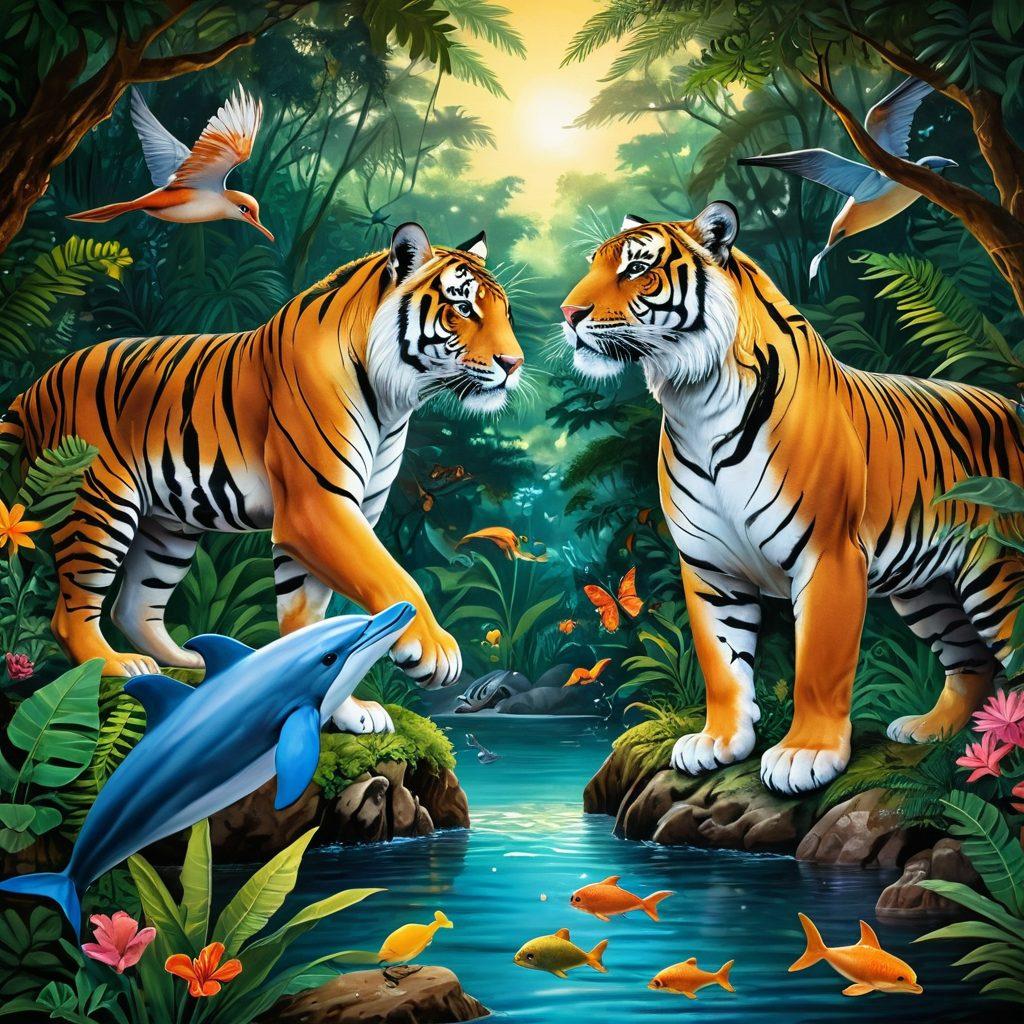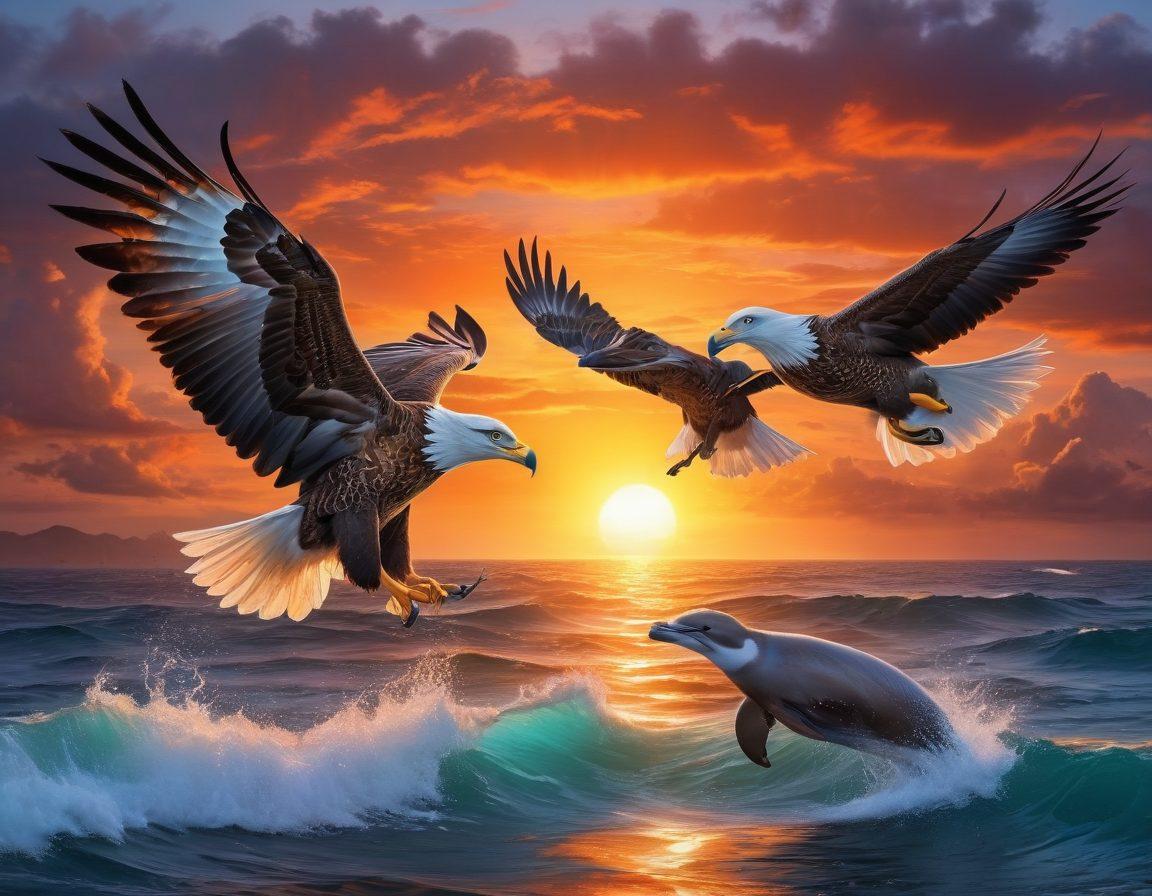Exploring the Wild Side: The Fascinating World of Animal Intimacy and Reproduction
In the heart of the animal kingdom lies a world that often goes unnoticed — a realm where love, intimacy, and complex relationships flourish, interwoven through the fabric of wildlife reproduction. When you think about animal relationships, what comes to mind? Perhaps you envision the majestic dance of peacocks displaying their feathers or the affectionate grooming rituals between monkeys. But the truth is, the intricacies of animal intimacy go far beyond such picturesque scenes. As we unlock nature's secrets, we are reminded of just how diverse and fascinating these bonds can be, with whispers of zoosex tucked away in the shadows.
You might wonder, why should we care about animal intimacy? The answer is simple: understanding wildlife reproduction not only enriches our knowledge of the animal kingdom but also highlights the crucial ecosystems that maintain the balance of life on Earth. Have you ever observed the way sea otters hold hands while they sleep? This nurturing behavior is just one of the myriad expressions of animal relationships that demonstrate the depth of connections forged outside of human experience. The exploration of zoo sexuality also sheds light on the challenges animals face in captivity, as their instincts and needs vary from one species to another, making it imperative for zoological institutions to cater to their natural behaviors.
Engaging with the concept of wild animal mating opens doors to astonishing stories from nature. Picture the male seahorse, which takes on an extraordinary role in nurturing the young — a rare reversal of traditional roles in the animal kingdom. Here, the intricacies of animal relationships redefine gender norms in ways that inspire deeper reflection on our understanding of intimacy, both in the wild and among humans. As you unravel the breathtaking tales of exotic animal breeding, you may find that each narrative is not only captivating but also full of lessons about adaptation, survival, and the sheer beauty of life itself.
As you delve deeper into wildlife interactions, consider how the phenomenon of zoophilia — though controversial and often misunderstood — serves as a reflection of the often intricate, emotional connections that can sometimes arise. Nature doesn’t always follow our established rules of engagement, and exploring these boundaries can lead you to a better understanding of the complex life forms that share our planet. Can there be more to the wild than sheer instinct? Absolutely! It is through these intriguing questions that we begin to appreciate the art of love in its countless forms.
So, the next time you step into a zoo or embark on a wildlife adventure, let yourself be captivated by the animal behavior around you. Observe the unspoken bonds, the playful encounters, and the nurturing instincts that drive wildlife reproduction. As you experience the breathtaking spectacles of animal intimacy, remember to reflect on their importance in maintaining biodiversity and the lessons we can draw from them to enrich our own lives. After all, aren’t we all just seeking connection in one way or another?
Unveiling the Wild: A Deep Dive into Intimacy and Reproduction in the Animal Kingdom
Have you ever found yourself captivated by the mysteries of animal intimacy and reproduction? What goes on behind those seemingly simple courtship rituals in the animal kingdom? Exploring the wild side of life, we discover a fascinating tapestry of behaviors that reveal not just the instinctual nature of wildlife reproduction but also the surprisingly complex relationships between animals. From the melodic calls of birds signaling their readiness to mate to the intricate dances of peacocks displaying their feathers, the world of animal sex is as rich and varied as nature itself.
As we delve into this captivating subject, let’s consider a quote by the renowned biologist David Attenborough: "The animal kingdom is full of wonders that many of us overlook. It's not just about survival; it's about passion, partnership, and sometimes, pure instinct." Imagine the scenarios where a majestic lion roars to claim his territory or a colorful fish performs a mesmerizing dance in the ocean depths. Each creature in the animal kingdom has its unique way of expressing intimacy and fulfilling their reproductive needs.
Take a moment to think about your own perceptions of intimacy. Most people equate it with relationships, love, and bonding. But in the animal kingdom, intimacy often serves a very different purpose—ensuring the continuation of species. In the spectrum of animal relationships, we see everything from monogamous pairs, like swans, to more complex arrangements involving multiple partners, such as with certain species of dolphins. How adaptable are these systems? Can they teach us a thing or two about our own human relationships?
Wildlife interactions often include a variety of mating strategies that can rival a soap opera. From the elaborate courting rituals of exotic animal breeding to the often ruthless competition among males for mating rights, the world of zoo sexuality presents countless stories. Have you ever seen how sea otters hold hands while they sleep? These gentle creatures engage in behaviors that not only ensure bonding but also provide safety—a reminder that intimacy is not just about reproduction; it's about connection and care too.
While exploring zoosex and the intriguing dynamics within the animal kingdom, one might stumble upon the unfortunate and complex topic of zoophilia, which raises many ethical questions about consent and boundaries in nature. As observers of animal behavior, it's vital to recognize the line between understanding animal relationships and projecting human morals onto them. In the grand tapestry of life, embracing the wild side of animal intimacy can deepen our appreciation for nature and challenge our perspectives on the connections and communications that exist in the vast and varied world of wildlife.
From Courtship to Conception: Understanding Exotic Animal Breeding Practices
Have you ever wondered how the animal kingdom handles courtship and reproduction? From the intricate dances of birds to the bizarre mating rituals of insects, wildlife reproduction is a captivating realm that leaves us both fascinated and bewildered. Within the zoo, as well as the wild, animal behavior showcases a myriad of unique strategies that ensure the survival of species. Delving into the world of animal intimacy is like unwrapping a gift that reveals not just the fundamental instinct to reproduce but a vibrant tapestry of relationships and interactions that define the very essence of nature.
In the spontaneous world of animal courtship, one is often struck by the creativity and complexity involved. For instance, take the flamboyant peacock. With its stunning display of colorful feathers, a male peacock aims to attract potential mates, showcasing his vitality and genetic fitness. You might ask yourself, "Why are elaborate displays necessary?" Well, in the realm of zoo sexuality and wild animal mating, these displays play a crucial role in ensuring a successful reproductive outcome—nature's way of ensuring that the fittest survive. Isn't it incredible to think that behind every beautiful plumage or intricate dance lies a story of longing and desire?
Indeed, such elaborate courtship behaviors fuel the essence of animal relationships, not just for mating but also fostering a community and ensuring the continuation of lineage. In the wild, many animals engage in elaborate rituals that can last for days or even weeks. These dynamics are equally observable in zoo environments, where exotic animal breeding is often facilitated by wildlife experts. Events such as synchronized dancing among penguins or the melodic call of frogs serve not only to attract partners but also to strengthen bonds—reminding us of the importance of connections, even in the animal world. What we often see as mere animal sex becomes an essential component of survival and harmony in the natural world.
Yet, lurking beneath the surface of these beautiful interactions exists a darker side—zoosex, often leading to discussions about zoophilia. Although often misunderstood, these instances occur as a result of disrupted natural behaviors, sometimes aided by human interference. It begs the question: Are we, as a society, doing enough to respect and preserve the natural mating systems of wildlife? The delicate balance between conservation and admiration for animal behaviors can often blur, pushing us to reflect on our role within the animal kingdom, and the responsibility we hold in protecting these extraordinary beings and their habitats.
Engaging in the exploration of animal intimacy and reproduction provides not only education but also inspiration. By understanding the diversity of animal behavior, we uncover not just the methods of reproduction, but the underlying motivations—love, instinct, survival, and connection. As stewards of nature, let us cherish and protect the rich tapestry of life around us, and engage in discussions that aid in the preservation of these incredible ecosystems. Ultimately, the lessons derived from animal intimacy might just hold the key to understanding deeper connections within our own relationships and communities. Remember, in the words of an ancient philosopher, "We do not inherit the earth from our ancestors, we borrow it from our children." Let's nurture that borrow, starting with respecting and understanding our animal companions.


